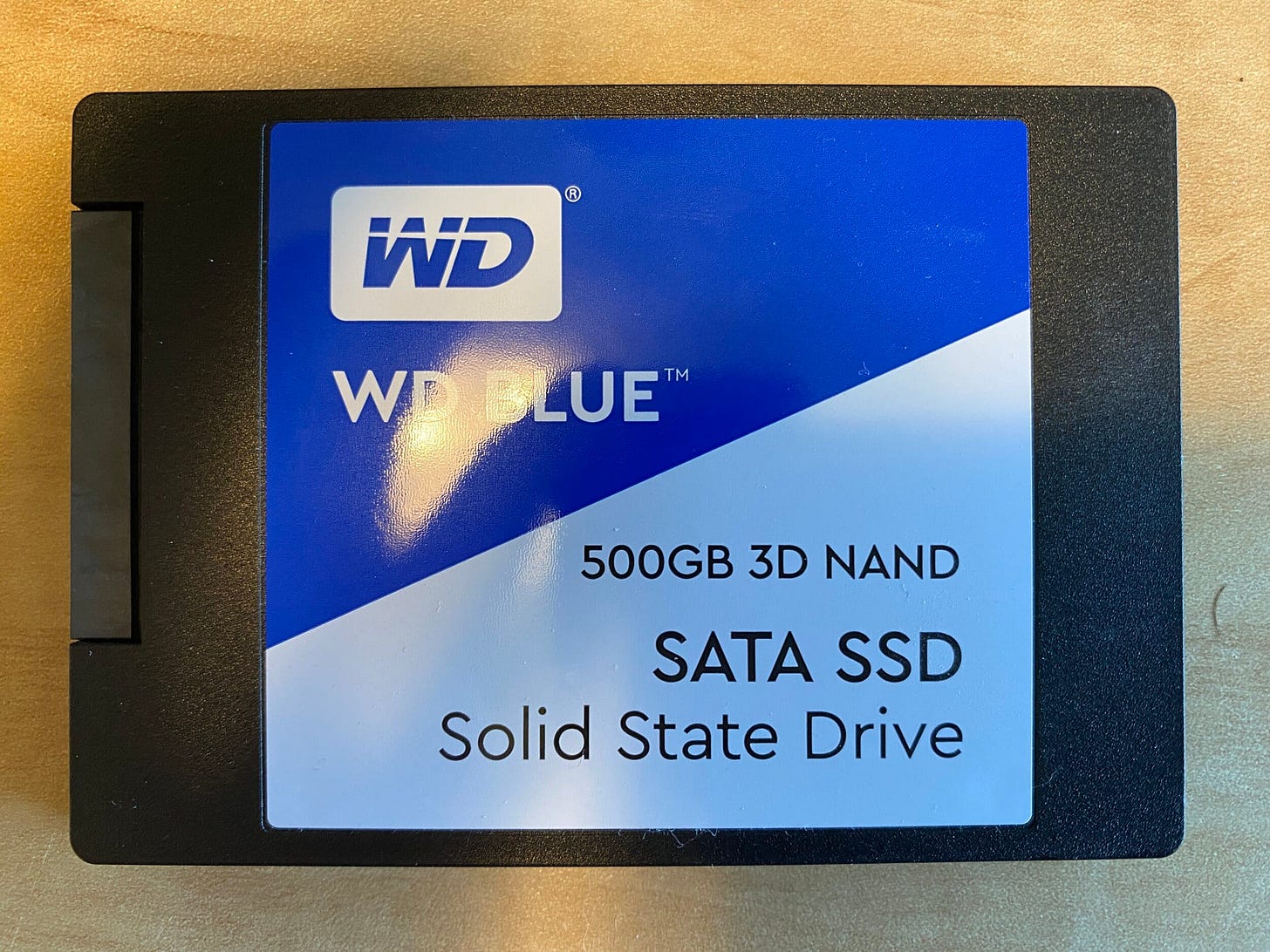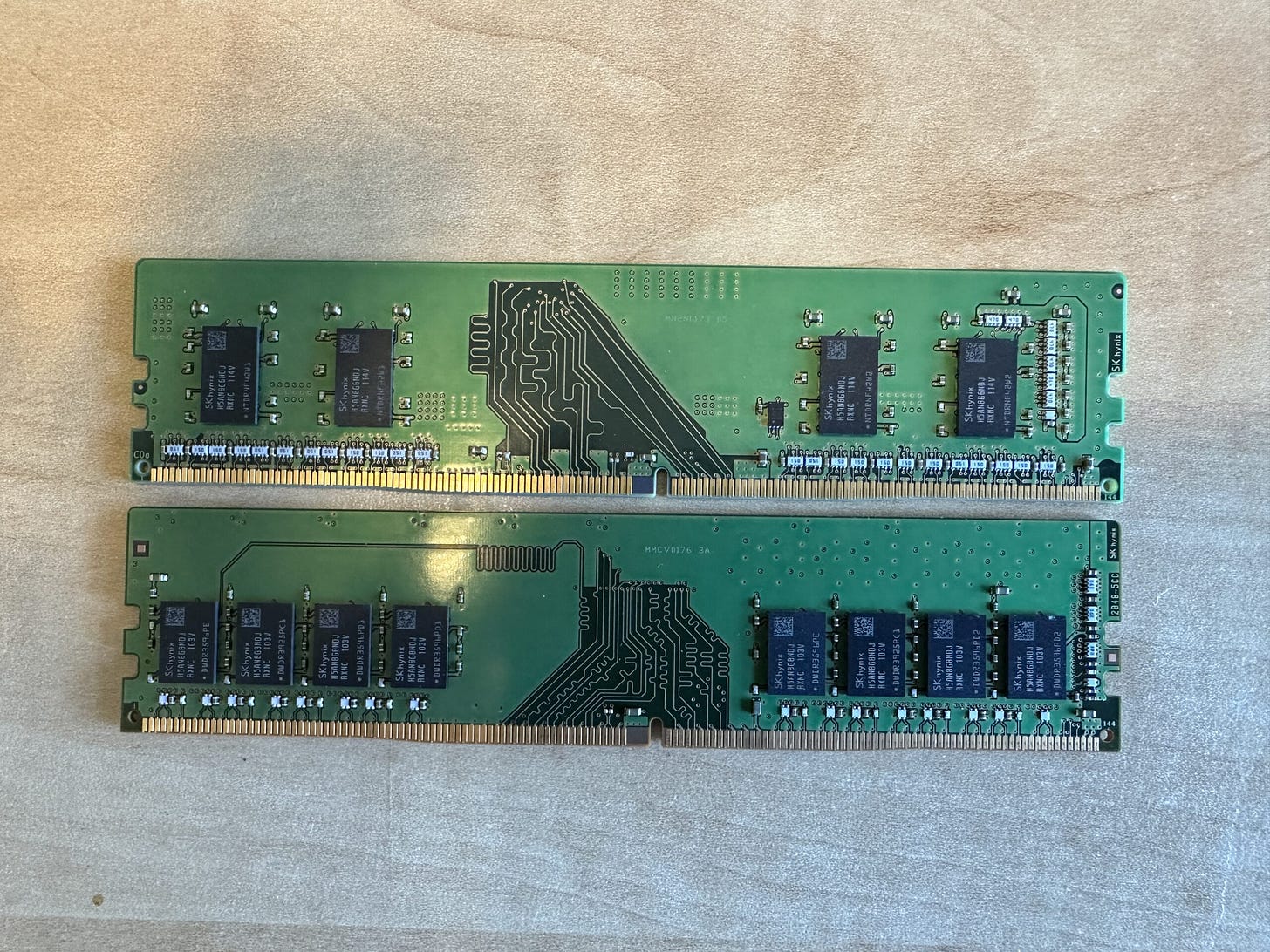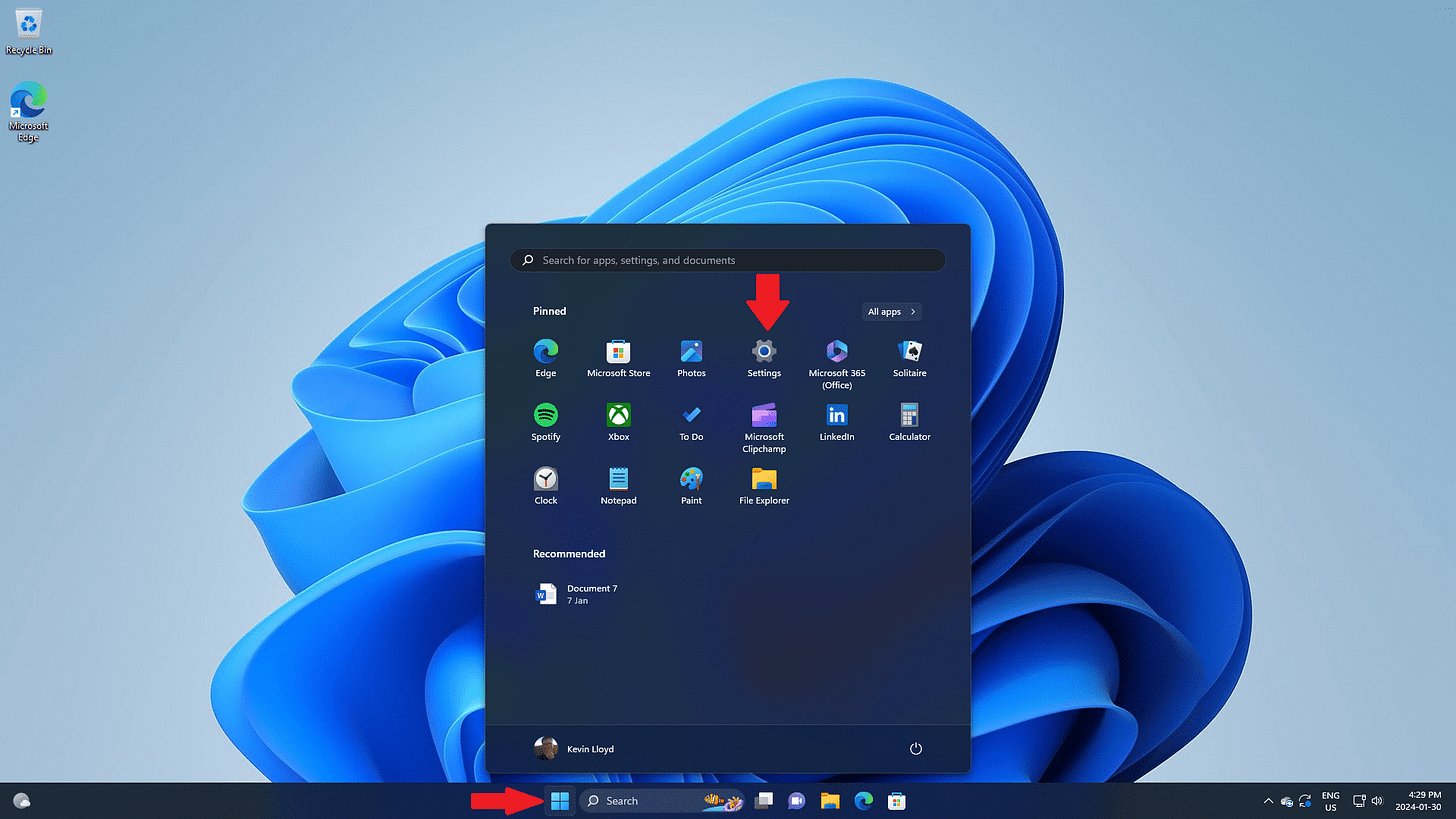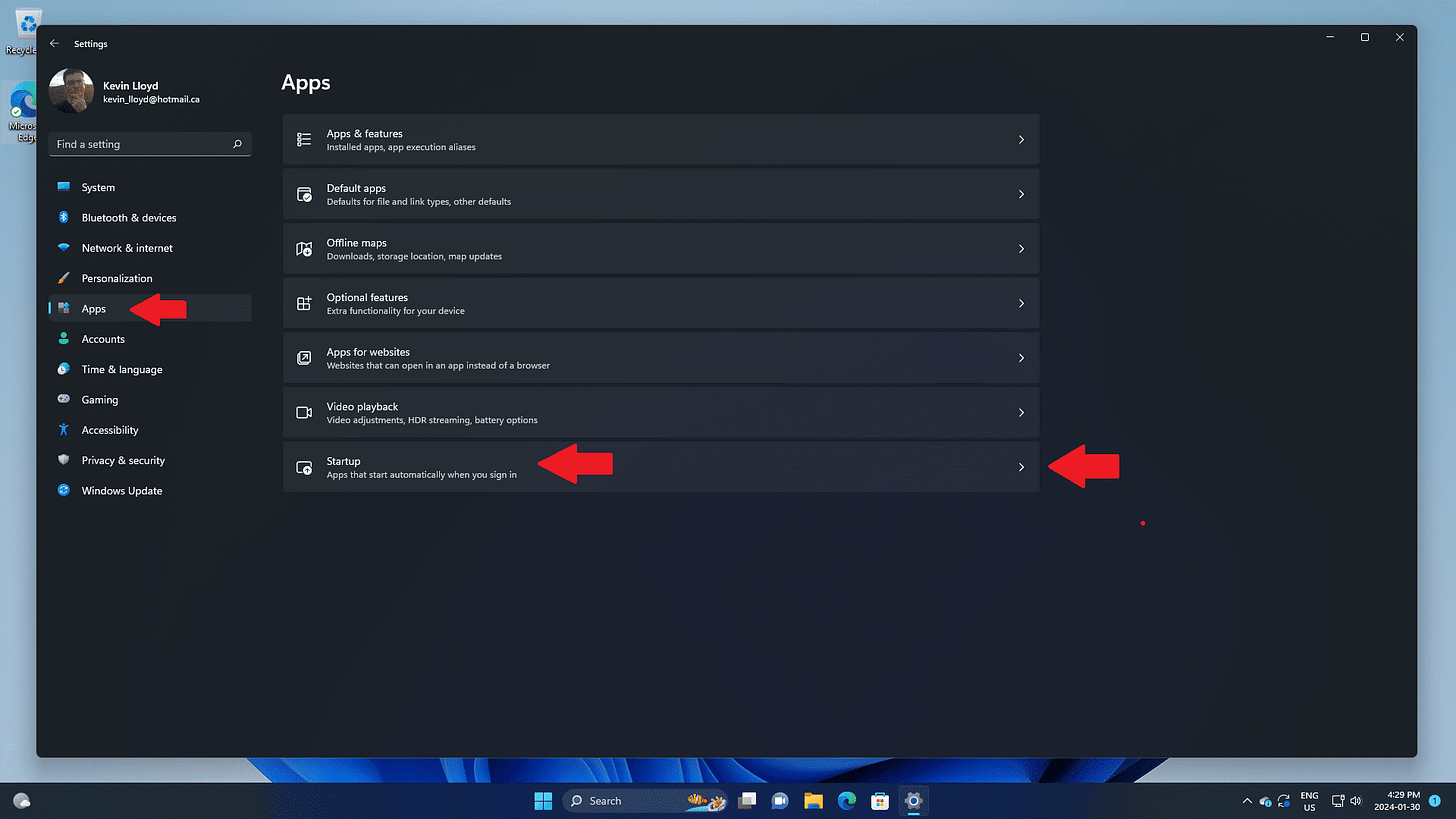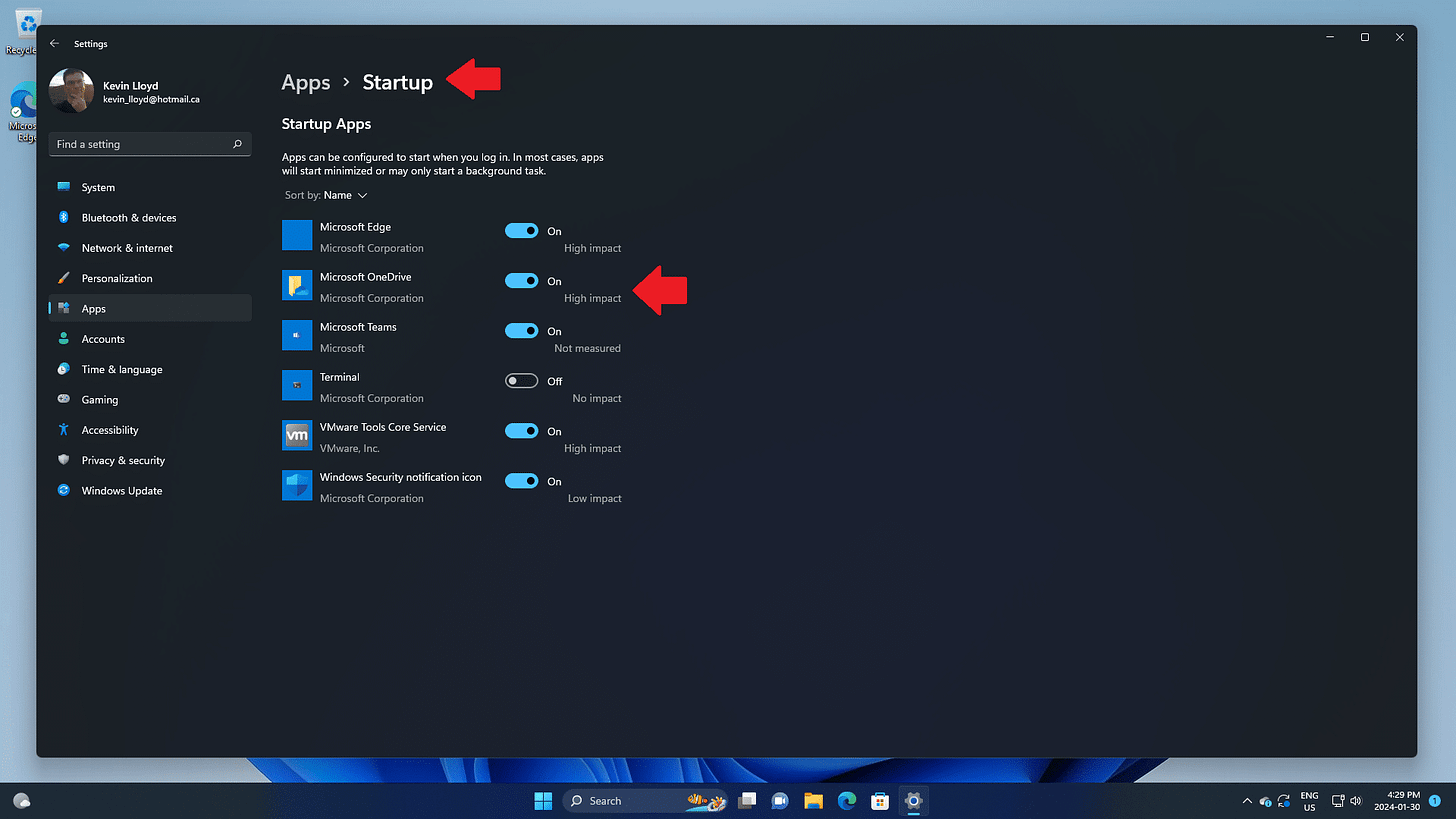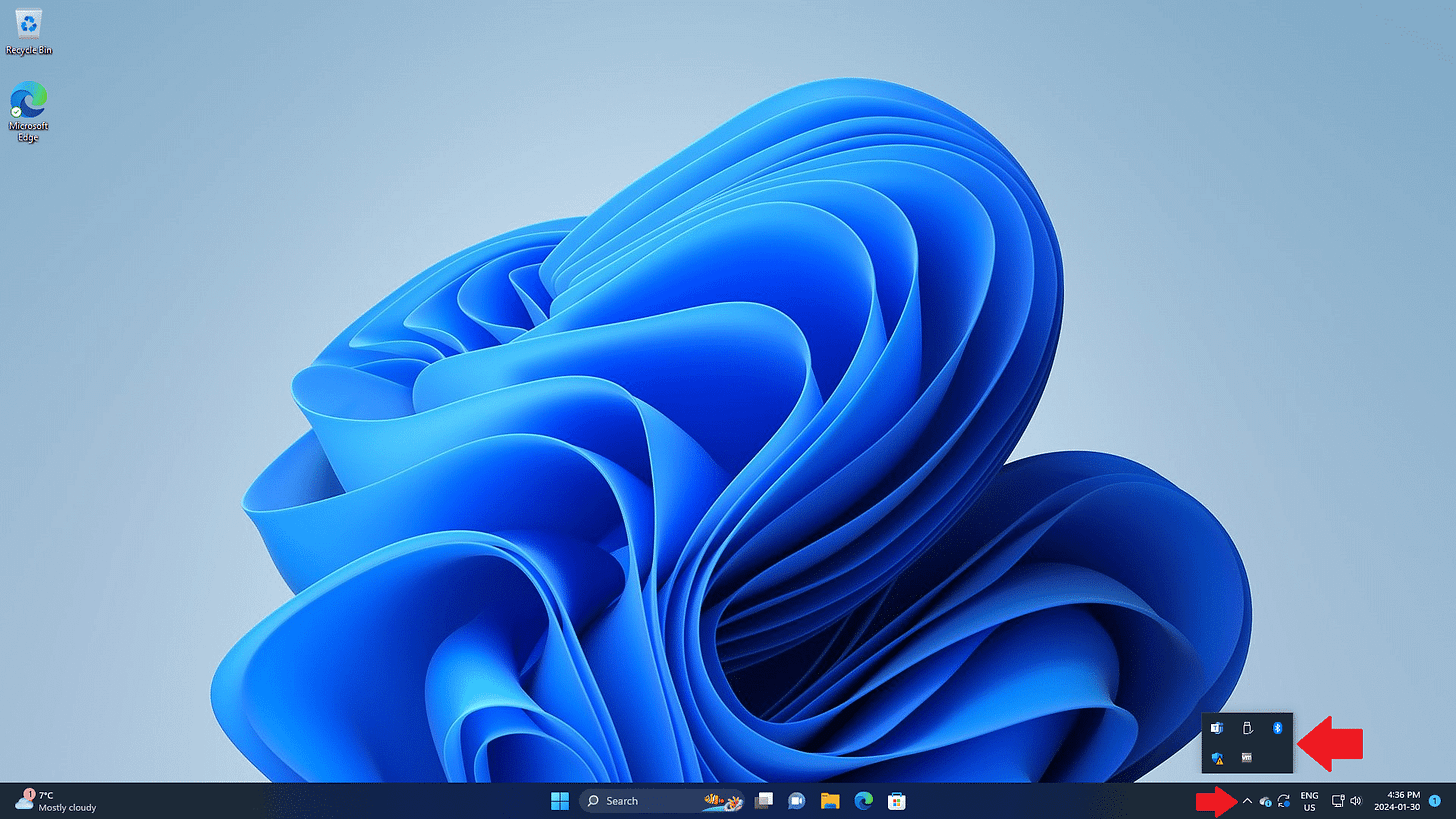System Cleanup Series: Startup Items in Windows 11
Want to know what apps are slowing your PC down before you even open a browser? I'll show you how to check and disable startup programs in Windows 11 to speed things up.
In this blog post exclusive to paid subscribers, I will discuss how to check to see what applications are automatically added to Startup in Windows 11. That is, how many applications are running in the background as soon as you turn your computer on and log into Windows.
This blog post is part of my System Cleanup series.
Even if you have a lot of RAM (memory) in your computer, the more programs (applications) that are running at any given time WILL affect performance, though it won’t be as noticeable if you use a Solid State Drive (SSD).
Disable anything you don’t need running all the time by selecting the item and clicking the "disable" button. You can always open anything manually when you need it.
All operating system files and your files live on the hard drive or solid-state drive. When being used, they are loaded into RAM, or Memory. When you save changes to a file, the information is saved back to the hard drive, replacing the file before changes were made.
Older computers had less memory installed. Regardless, if you have a lot of programs open, or data being used, in RAM, if more storage space in RAM is being demanded than is available in RAM, a dedicated portion of your hard drive or solid state drive is used temporarily as RAM.
Since your hard drive works at a slower speed than RAM; you’ll notice a drop in performance as you use your computer. That is why modern computers typically have more memory installed, such as 8GB or 16GB. This means more programs and data can be loaded into RAM automatically, and Windows is much less likely to use that dedicated portion of your hard drive as temporary RAM. Your performance won’t take a hit as a result.
Startup Settings
To access Startup options in Windows 11, single left-click the Start Menu icon at the bottom of your screen to open it.
Then, click "Settings", or the gear icon.
In Settings, on the left hand side, click "Apps".
Then, click "Startup" at the bottom of the list on the right.
Then, click "Startup" at the bottom of the list on the right.
You will now see a list of applications automatically running when you turn on your computer and log into Windows 11. Every computer will be different regarding which apps are listed here. The list may be long or short.
You can also see which apps are on Startup near the clock in the "System Tray" at the bottom right-hand corner of your screen. Simply click the up arrow, or "^", to view them. You'll need to click that same symbol to close that as well.
Table of Contents
System Cleanup Series: How To Use PatchMyPC to Keep Your Programs Up to Date
System Cleanup Series: Uninstall (Remove) Apps and Programs in Windows 11
Thank you so much for reading this blog post and being a paid subscriber! Your support makes my work possible.



